Walker Evans influenced Robert Frank. Eugène Atget inspired Berenice Abbott. Alfred Stieglitz mentored Paul Strand. Invented in the 19th century, photography is a relatively young medium, but its brief history has been shaped—at least in part—-by the relationships that form between artists and generations. Up-and-coming photographers stand on the shoulders of their predecessors; they borrow their ideas, and they reinvent them.
For emerging and established artists alike, revisiting the work of renowned photographers can provide motivation and foster fresh innovations. In this article, we revisit ten of history’s most important and talked-about photographers, and we also take a look at five outstanding photographers who are part of the 500px community today. Read on for your daily dose of inspiration.
Sally Mann (1951-present)
Though she was already an acclaimed photographer at the time, Mann became a household name in the early 1990s, when she released Immediate Family, a collection of photographs of life with her three children in the rural landscape of the Virginia hills.
Featuring childhood adventures, nosebleeds, and wet beds, the book and exhibition revealed a hidden side of family life, rarely depicted in art. She’s returned to the book throughout the years, providing timely insights into the changing and shifting nature of American childhood in this day and age.
She has also revisited her own family—including her husband Larry—as model, muse, and inspiration, and her home in the Southern United States has served as both a backdrop and a main character in her more recent photographs.
Although her subject matter might have evolved, Mann’s raw and compassionate approach to family, memory, and the inevitable passage of time has become an ever-present theme.
Browse her photographs here.
Learn more about Sally Mann:
Listen to her NPR interview, “Making Art Out Of Bodies: Sally Mann Reflects On Life And Photography”.
Henri Cartier-Bresson (1908-2004)
A co-founder of Magnum Photos and pioneer of street photography, Cartier-Bresson preferred never to use flash and used 35mm film in lieu of large or medium formats. His legacy revolves around what he called “the decisive moment.” Cartier-Bresson reasoned that if a photographer could witness the moment he wished to capture, it was already too late to photograph it. Instead, Cartier-Bresson focused on learning to read social cues and hone his intuition in order to capture moments as they happened.
Browse his photographs here.
Learn more about Henri Cartier-Bresson:
Read this scan from the MoMA library, complete with text and images.
Gordon Parks (1912-2006)
As Life magazine’s first African American staff photographer, Parks documented some of the most important moments in the American Civil Rights Movement. He had access to the movement’s leaders, including Martin Luther King Jr. and Malcolm X, and he also shared the stories of everyday families living in the United States—from Harlem, New York to Mobile, Alabama in the Jim Crow South.
Parks’ photographs told personal stories, but they also transcended barriers and changed hearts and minds throughout the nation. Though he wasn’t formally trained, he made a permanent mark on the history of photography; before he reached the age of fifty, he was already considered one of “the most influential image makers of the postwar years.” As he told The New York Times in 1997, “I’m in a sense sort of a rare bird. I suppose a lot of it depended on my determination not to let discrimination stop me.”
Browse his photographs here.
Learn more about Gordon Parks:
Read I AM YOU: Selected Works, 1942–1978, published by Steidl.
On 500px: Chris Burkard
With a focus on conservation, Burkard has braved some of the most remarkable—and inhospitable—landscapes on earth, from the remote and unnamed beaches of Iceland to the bone-chilling waters of Norway. With a passion for water and surfing, he’s traveled with scientists, engineers, sailors, and more—all with the intention of educating the public about the beauty, resilience, and fragility of our planet.
“I set out to find the places others had written off as too cold, too remote, and too dangerous to surf,” he recalls in his 2015 Ted Talk. In these wild and unforgiving places, he’s found silence and peace, reminding us of the importance of getting back to our roots and reconnecting with the environment.
Diane Arbus (1923-1971)
Experiencing the height of her career in the 1960s, Arbus was known for her offbeat and often haunting portraits. Whether she was photographing members of LGBTQ+ community, sex workers, circus performers, or people with developmental or physical disabilities, her gaze frequently landed on those who had been overlooked or relegated to the fringes of society.
Since she came from a privileged upbringing herself, Arbus’s photographs of marginalized and disadvantaged people have been hotly debated by scholars, intellectuals, and the public—but her unflinching honesty and interest in the human psyche have earned her a special place in the history of photography. As John Szarkowski, the former director of photography at the Museum of Modern Art, once put it, “Arbus did not avert her eyes.”
Arbus passed away in 1971, leaving behind a basement full of hundreds of rolls of film. The New York Times published an obituary for her just last year, nearly fifty years after her death, as part of their project ‘Overlooked’—reaffirming once again the timeless nature of her work.
Browse her photographs here.
Learn more about Diane Arbus:
Read Diane Arbus: An Aperture Monograph, first published in 1972, one year after her death.
On 500px: Elsa Bleda
Born in France and based in Southern Africa, Bleda spent her childhood as a citizen of the world, soaking up all the sights, sounds, and flavors the world has to offer. She’s drawn to mystery, and whether she’s shooting night sky photography in the city or wandering through the countryside, her photographs are often imbued with a sense of the uncanny and otherworldly.
Although she’s chosen a different subject matter, Bleda recently named Arbus among her influences in conversation with The Washington Post, along with science fiction author Philip K. Dick and others. Perhaps what ties her work to Arbus is that sense of mystery and interest in the unknown. As Arbus famously commented, “A photograph is a secret about a secret. The more it tells you, the less you know.”
Robert Frank (1924-2019)
Frank’s beginnings as a commercial photographer in Zurich (and later, as a fashion photographer in the US) laid a solid foundation for the street photography that made him famous. Frank shot with his emotions, looking for evocative compositions rather than technical perfection. Though this perceived “sloppiness” was commented on by critics, it was the exact quality that set his work apart from other documentary photos.
His collection, The Americans, also received criticism in the United States due to its somewhat unflattering portrayal of the title subjects. Now, The Americans is widely considered to be a masterpiece and the benchmark by which generations of photographers have measured their work. Frank passed away in September of this year at the age of 94.
Browse his photographs here.
Learn more about Robert Frank:
The documentary Don’t Blink — Robert Frank examines Frank’s process and personal life.
Guy Bourdin (1928-1991)
Originally a French painter, Guy Bourdin applied compositional elements of painting to photography throughout his expansive career. (He initially exhibited under the name Edwin Hallan.)
Bourdin’s provocative, colorful style turned fashion photography on its head, prioritizing the image over the product. A contemporary of both Man Ray and Magritte, his work is recognizable for its vibrant colors, cropped compositions, and elements of surrealism. By his death in 1991, Bourdin had achieved recognition in the worlds of fashion, art, and photography. However, he preferred to remain out of the limelight, even going so far as to turn down a prestigious award from the French Ministry of Culture.
Browse his photographs here.
Learn more about Guy Bourdin:
Take a look at this documentary: When the Sky Fell Down – the Myth of Guy Bourdin.
On 500px: Lee Jeffries
As an emerging street photographer, Jeffries once took a picture of a young homeless woman; she immediately confronted him about not asking for permission first, and he apologized. In the ten-plus years since, he’s traveled the world photographing people living on the streets, always with their consent.
Jeffries has spent a great deal of time with the individuals in his photographs, and in addition to highlighting their personal histories, his dignified portraits have raised awareness about the global problem of homelessness.
Beyond sharing the stories behind the photos, the photographer has raised funds for charities and donated his own money to help people in need. “Everyone else walks by like the homeless are invisible,” he once told TIME. “I’m stepping through the fear, in the hope that people will realize these people are just like me and you.”
Don McCullin (1935-present)
Sir Donald McCullin got his start in the 1950s, photographing friends who were involved in a local London gang. As a war correspondent in the ’60s, ’70s, and ’80s, he went on to document poverty, destruction, and desperation in conflict zones around the world. “Having a tough background gave me empathy,” he recently told The New York Times. “It made me know violence, poverty, bigotry.”
Though his photographs are often painful, they also serve as a testament to the importance of bearing witness to the suffering of others. Throughout it all, his hope has been to give voice to those who remain unheard—and to compel us to confront atrocities and acknowledge our obligations to people in need.
McCullin’s code of ethics and his unwavering empathy, honed in those early years in London, have served as his guiding lights. In fact, some of his best photographs might have been those he chose not to take; he respected the wishes of a dying soldier in Vietnam who didn’t want to be photographed, and he dropped his camera in Cyprus to save a child.
Always quick to eschew the “artist” label in favor of the no-nonsense title of “photographer,” McCullin once admitted, “I didn’t choose photography, it seemed to choose me, but I’ve been loyal by risking my life for 50 years.”
Browse his photographs here.
Learn more about Don McCullin:
Read his autobiography, Unreasonable Behavior.
William Eggleston (1939-present)
Color photography was slow to gain popularity in an overwhelmingly monochrome field. Eggleston embraced color photography early on as a medium for elevating everyday objects. His work helped to legitimize the use of color in artistic photography (so much so that the selling price of one of his works set a world record).
Now 80, Eggleston continues to create in daring ways. He released a debut album of electronic soundscapes, Musik, in 2017. The album incorporates old school melodies, techniques, and musical equipment, resulting in a refreshing new take on once-familiar material.
Browse his photographs here.
Learn more about William Eggleston:
Read his interview with Sean O’Hagan of The Observer.
On 500px: Dylan Furst
Raised in Pacific Northwest, this photographer—who goes by the moniker “Fursty”—has a love for nature and dark, foggy days etched into his DNA. He’s traveled to some of the most extraordinary and historic places on Earth—living in a wooden sailboat in East Greenland, roaming with the sheep of Iceland, and touching down in Chernobyl, Ukraine, an area that will remain uninhabitable for thousands of years to come.
Perhaps he’s most at home in the forest, and he camps as often as he can. Even with millions of followers tuning in to his work daily, he makes time to explore. “I want people to respect nature, because it’s beautiful,” he explained in a 2017 interview. “That’s why I’m taking pictures of it—not because it’s going to get you Instagram likes.”
Peter Lindbergh (1944-2019)
One of a rare breed of commercial photographers who eschew retouching, Lindbergh’s photos show beauty at its most raw. As the demand for perfectly polished celebrity portraits increased, this German photographer’s work stood out for its authenticity and realism.
Lindbergh turned to photography in the way many do: after buying a camera to take family photos. He later worked with celebrities such as Helen Mirren, Tina Turner, and Meghan, Duchess of Sussex. Despite his anti-retouching stance, his January 1990 cover photo for British Vogue is widely credited as the beginning of the supermodel phenomenon. In a 2016 CNN interview, he explained, “The first rule of beauty is truth.” Lindbergh passed away on September 3, less than a week before Frank’s death.
Browse his photographs here.
Learn more about Peter Lindbergh:
Watch this DW Documentary about his career.
On 500px: Marta Bevacqua
Currently based in Paris, this Italian-born photographer and director draws from the worlds of fashion and fine art to create fanciful, romantic portraits. Bevacqua, who also goes by the moniker Moth Art, got her start in her teens, photographing her sisters and friends, and she’s returned to women as a central focus throughout her career.
Preferring spontaneous, authentic pictures over “perfect” and idealized representations, she subverts stereotypes surrounding femininity while inhabiting a fantastical, dreamlike world that’s entirely her own.
“I don’t have a precise message, besides beauty, in its simplest form,” she told My Modern Met a few years ago. “I want people to feel emotions while looking at my photos, to imagine things, stories and old memories.” She recently released the book Her Out There—a collection of her portraits of women.
Ellen Von Unwerth (1954-present)
Von Unwerth’s road to photography featured many twists and turns. Orphaned in Germany at a young age, she served as a magician’s assistant after high school. She then launched a ten-year modeling career leading up to her shift into fashion photography. Von Unwerth has worked with Vogue, Vanity Fair, and the band Duran Duran.
Her unique view, which encompasses the fashion industry from both sides of the camera, is evident in her approach to fashion photography in the “Me Too” era. Both on the shoot and in her finished work, Von Unwerth shows all of her subjects’ bodies to their best advantage without objectifying or disrespecting them.
Browse her photographs here.
Learn more about Ellen Von Unwerth:
Read her 2018 interview for Harper’s Bazaar magazine.
Inspired? Share your work on 500px to show the world what you took away from studying these famous photographers.

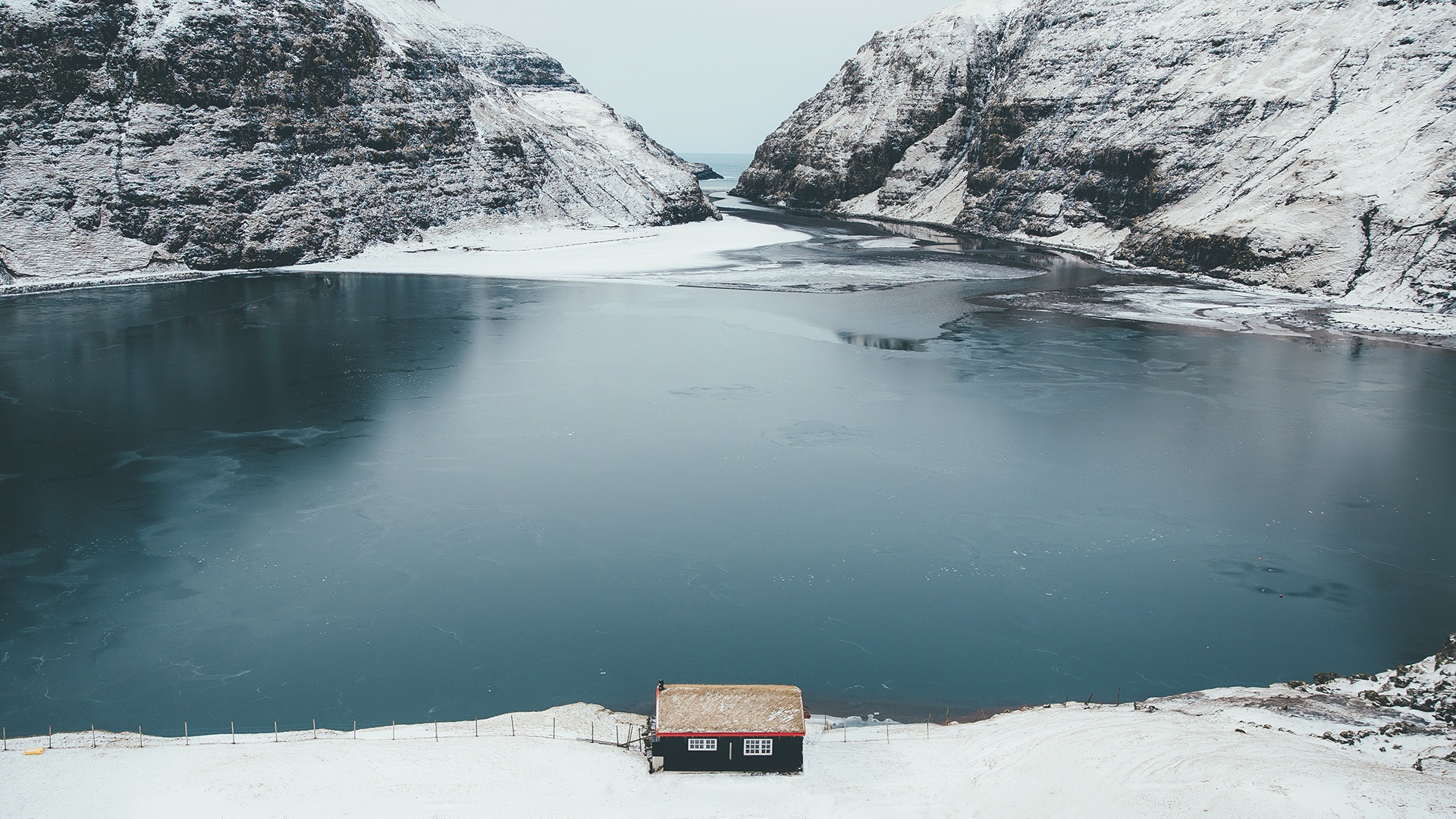

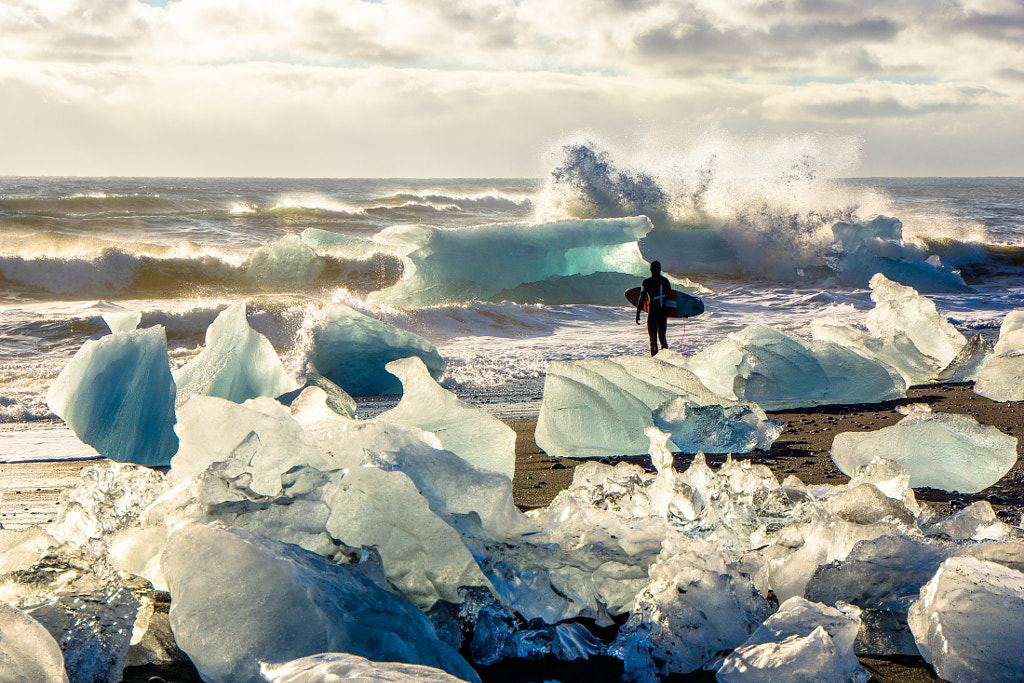
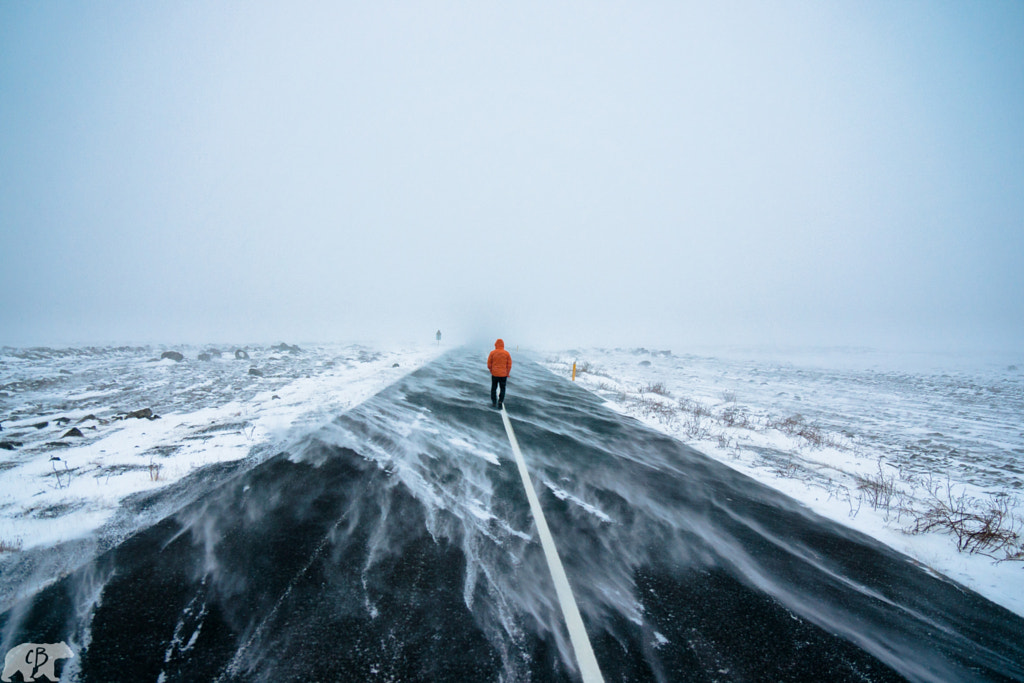
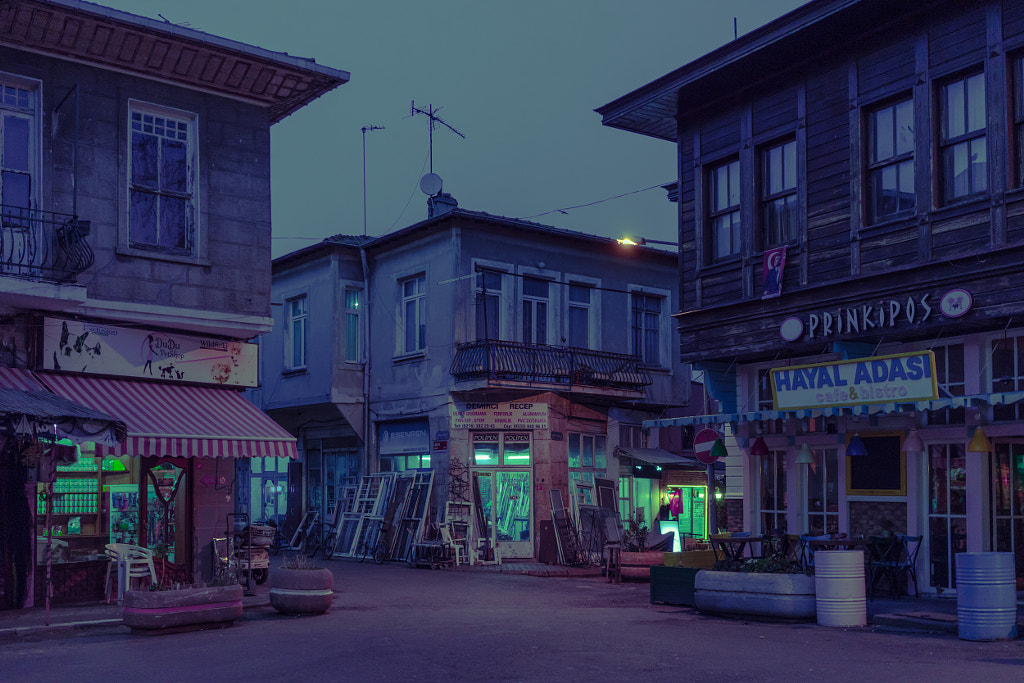

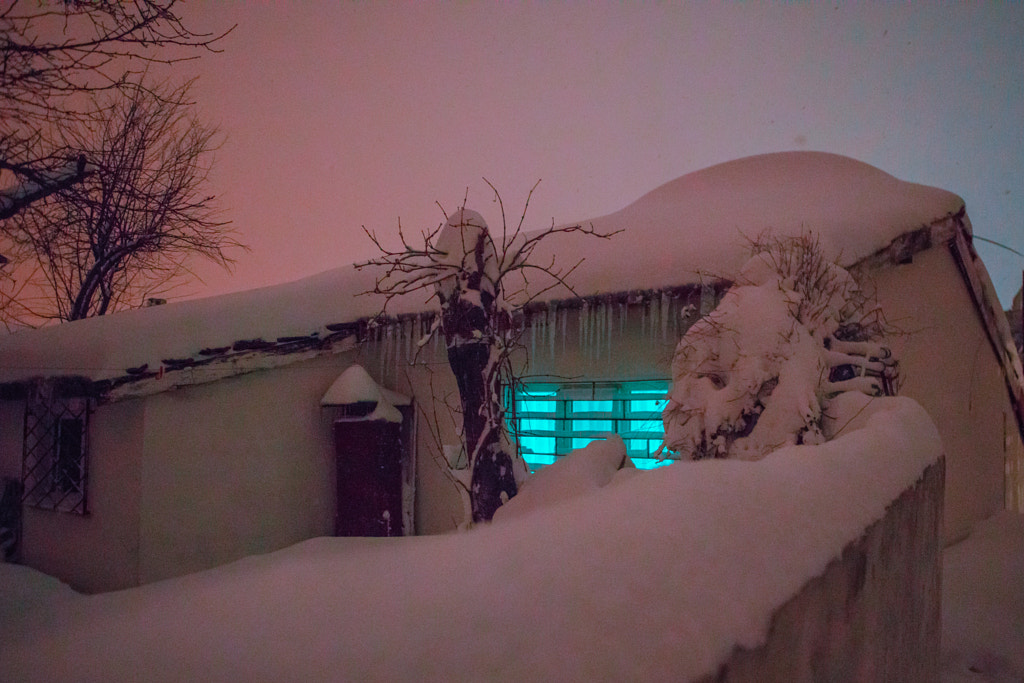
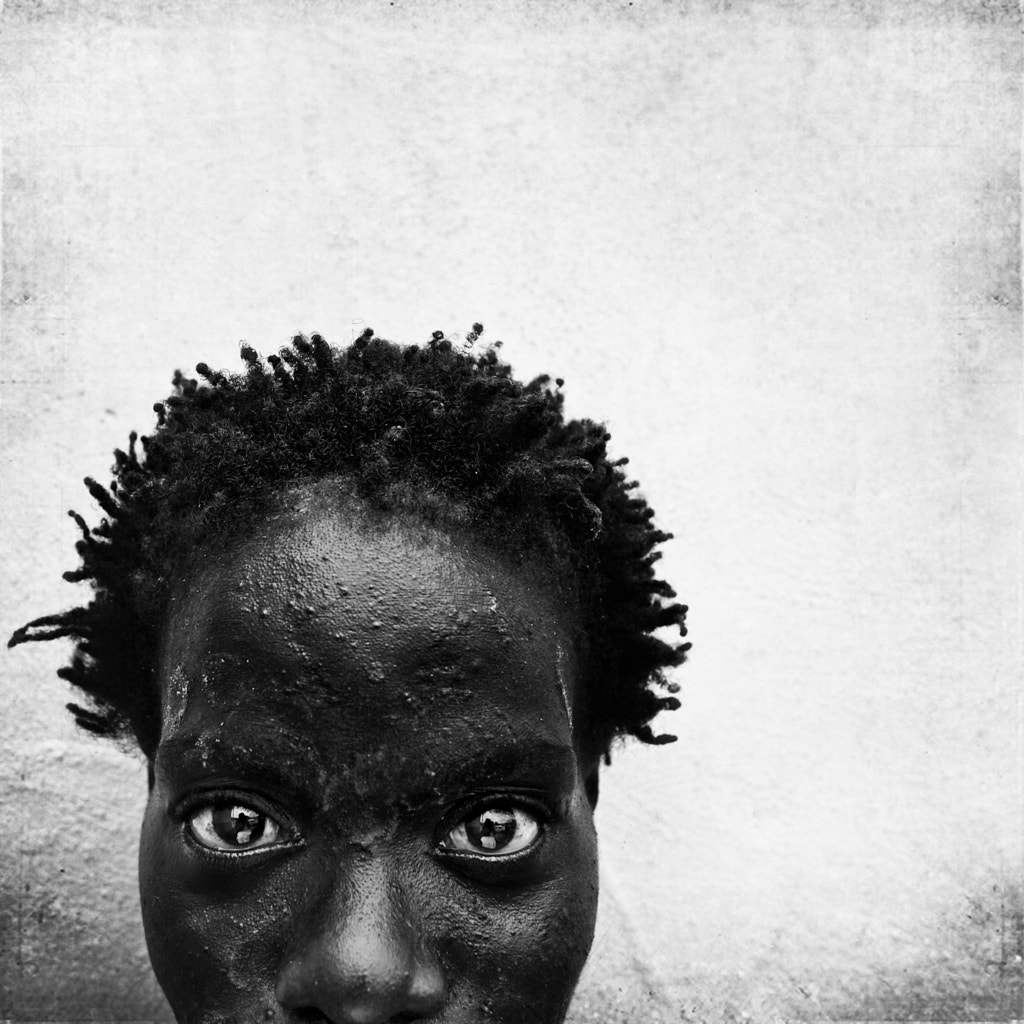

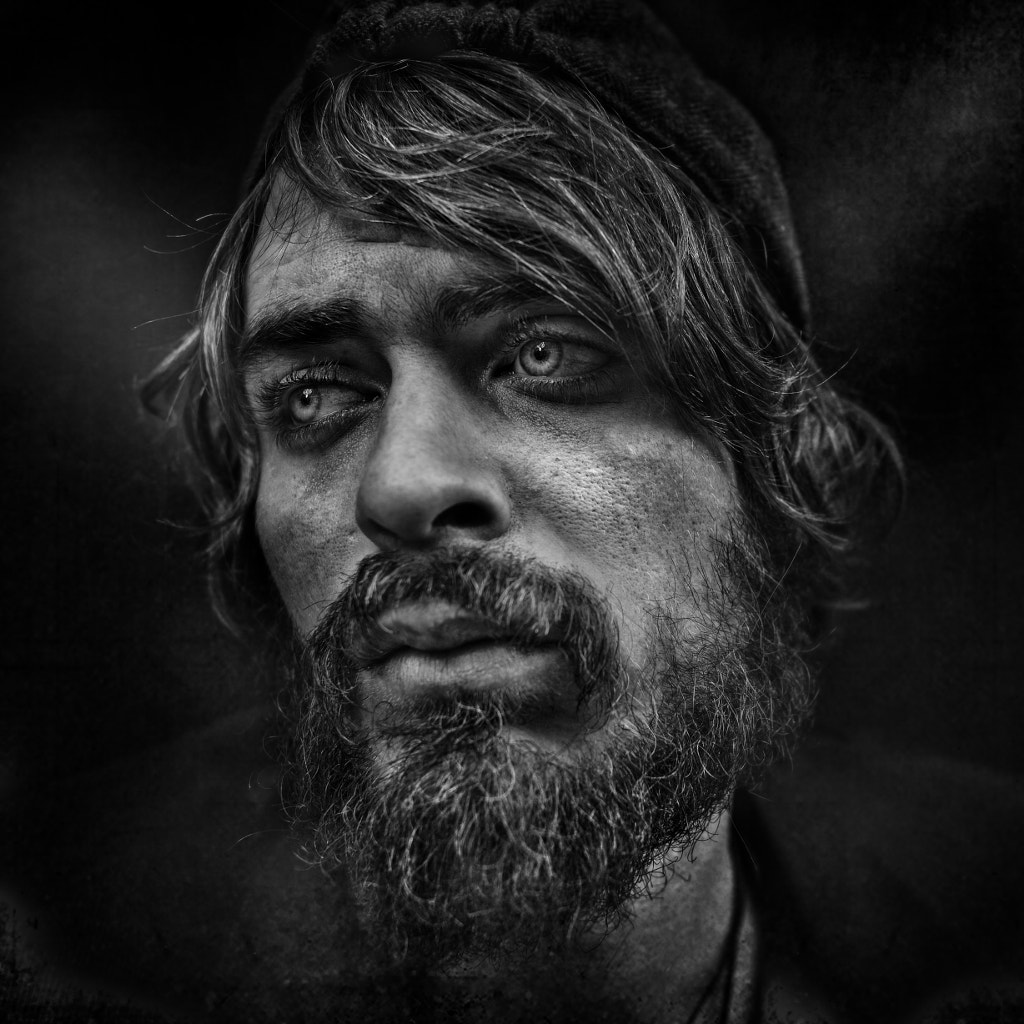
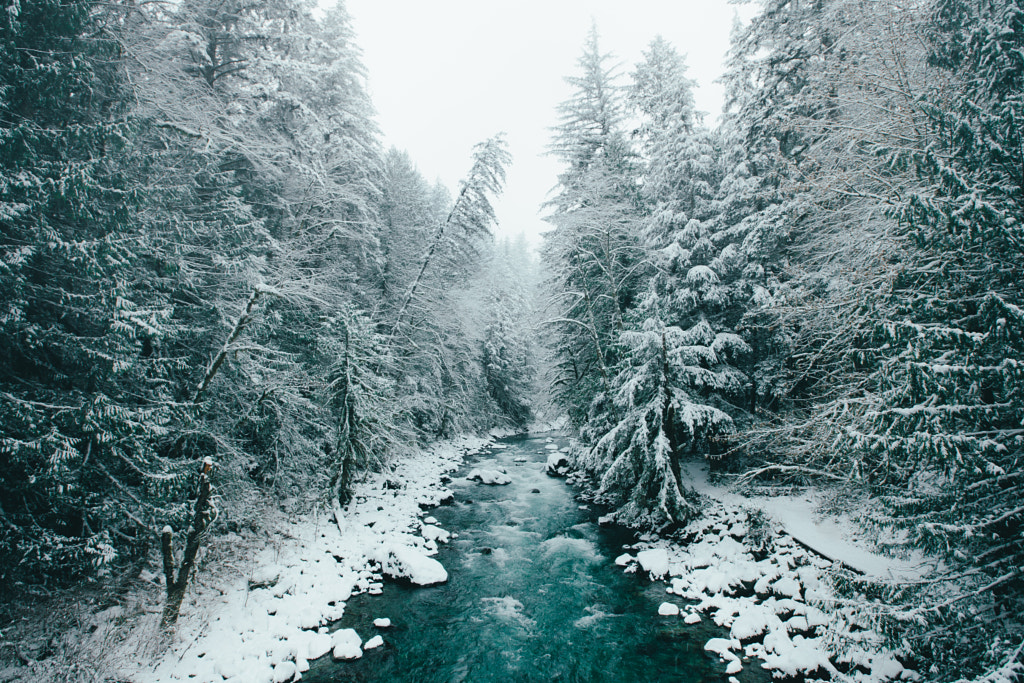
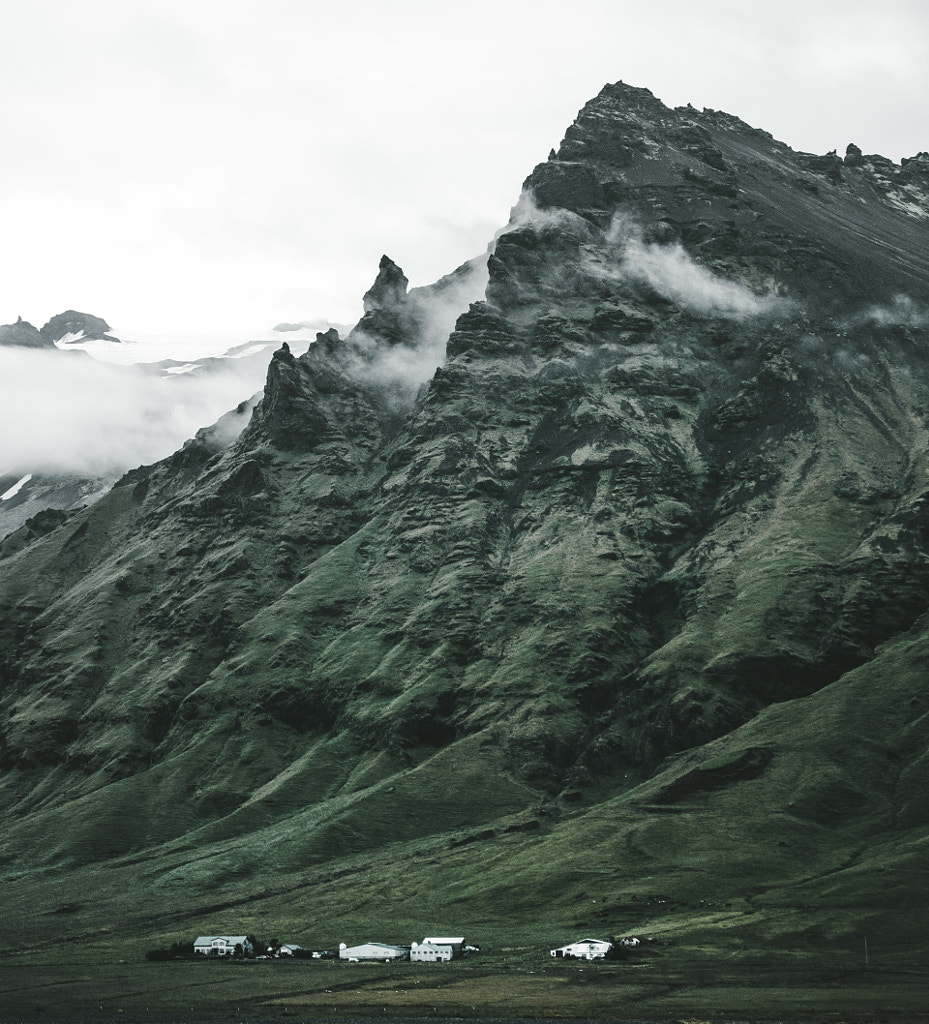
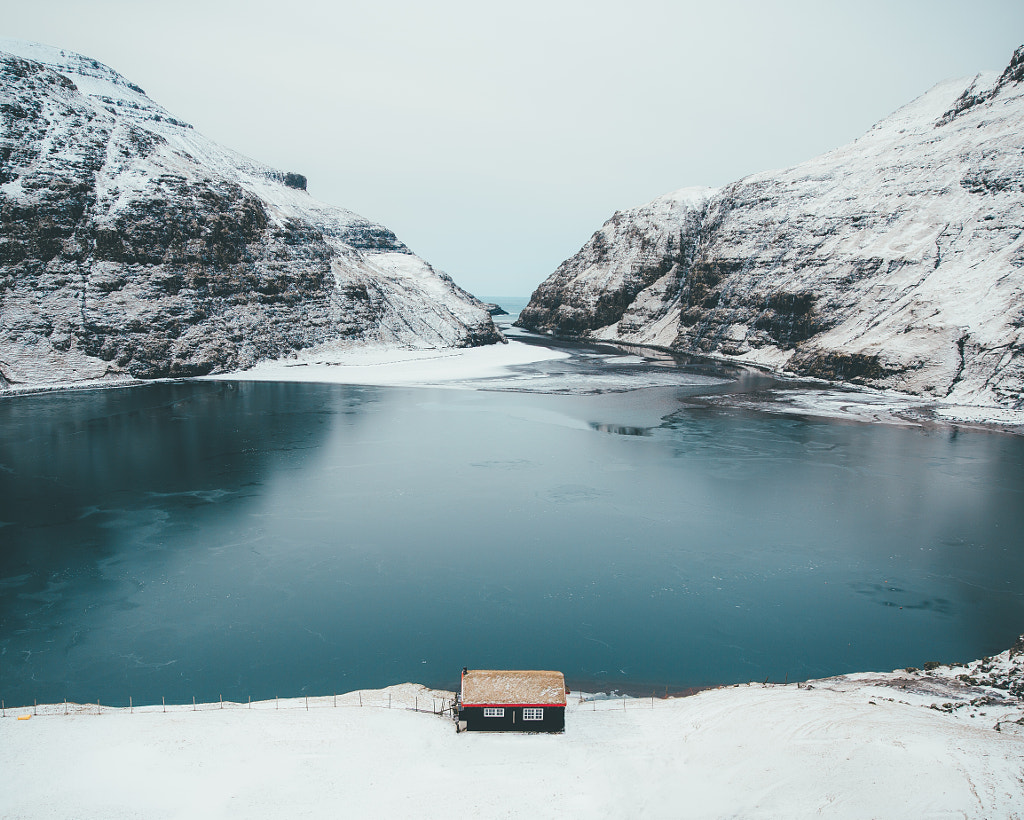

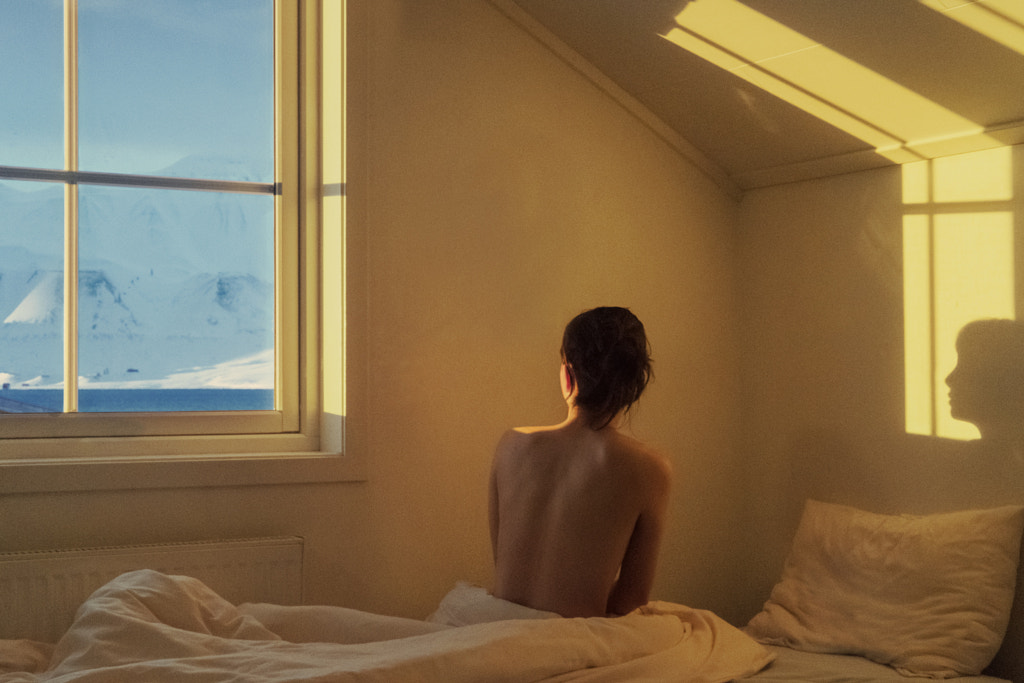
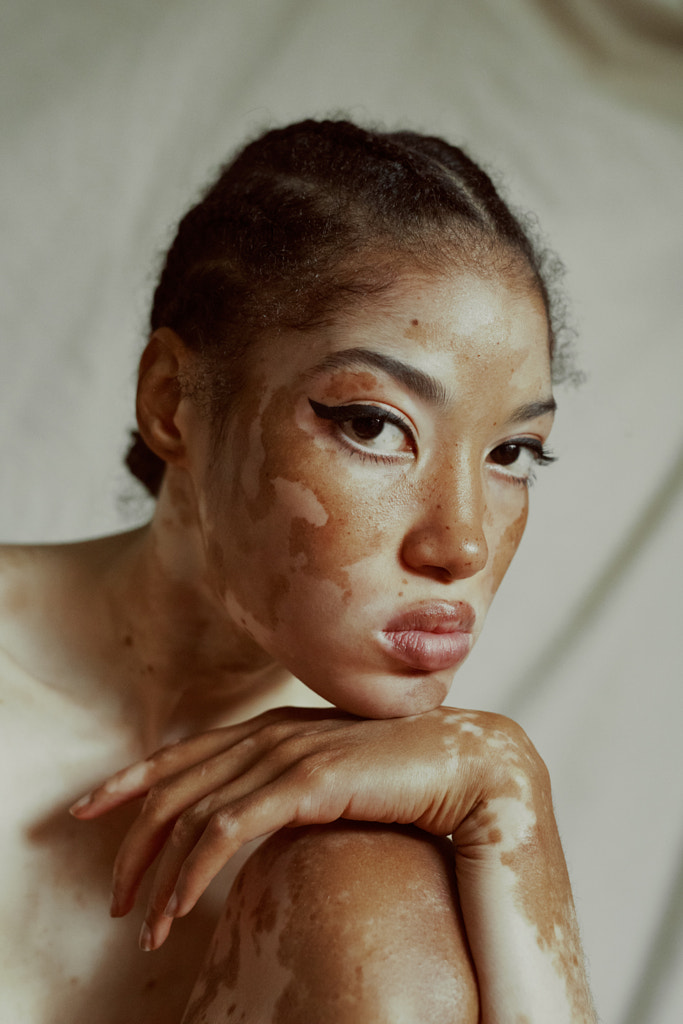
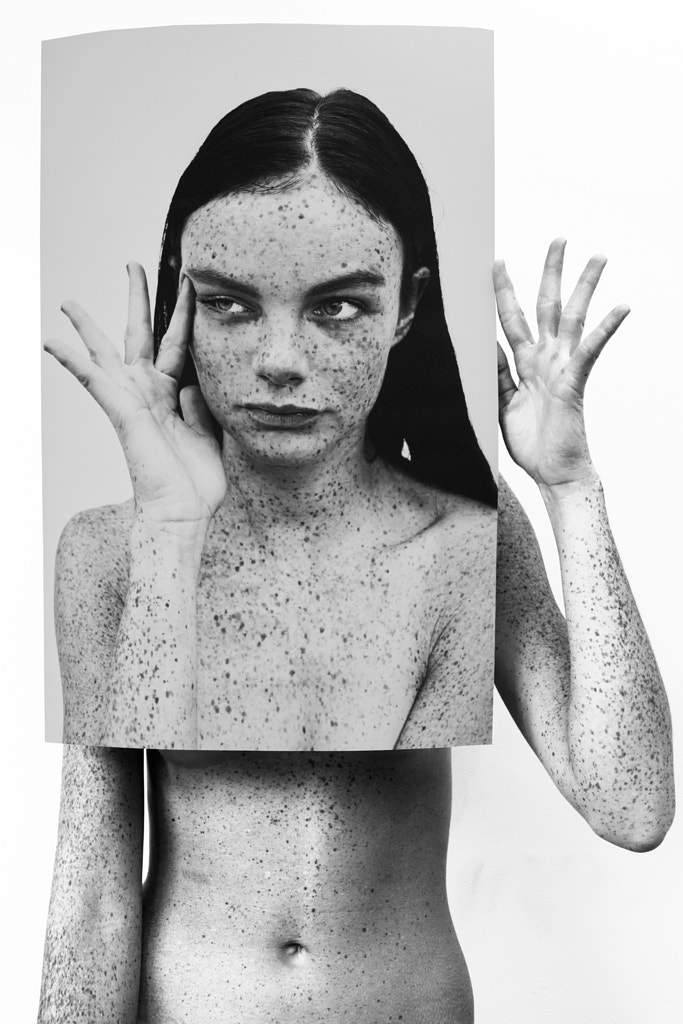
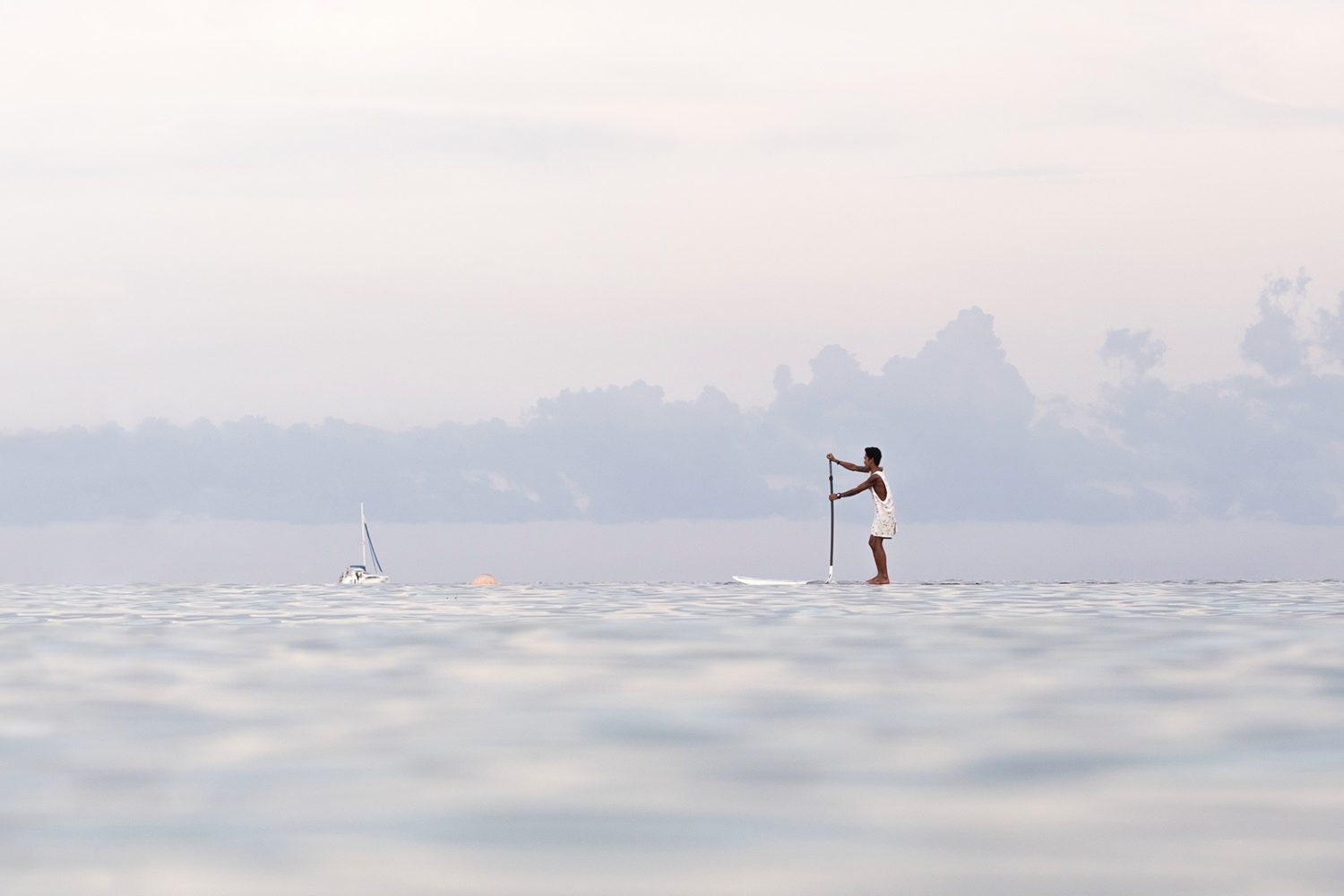
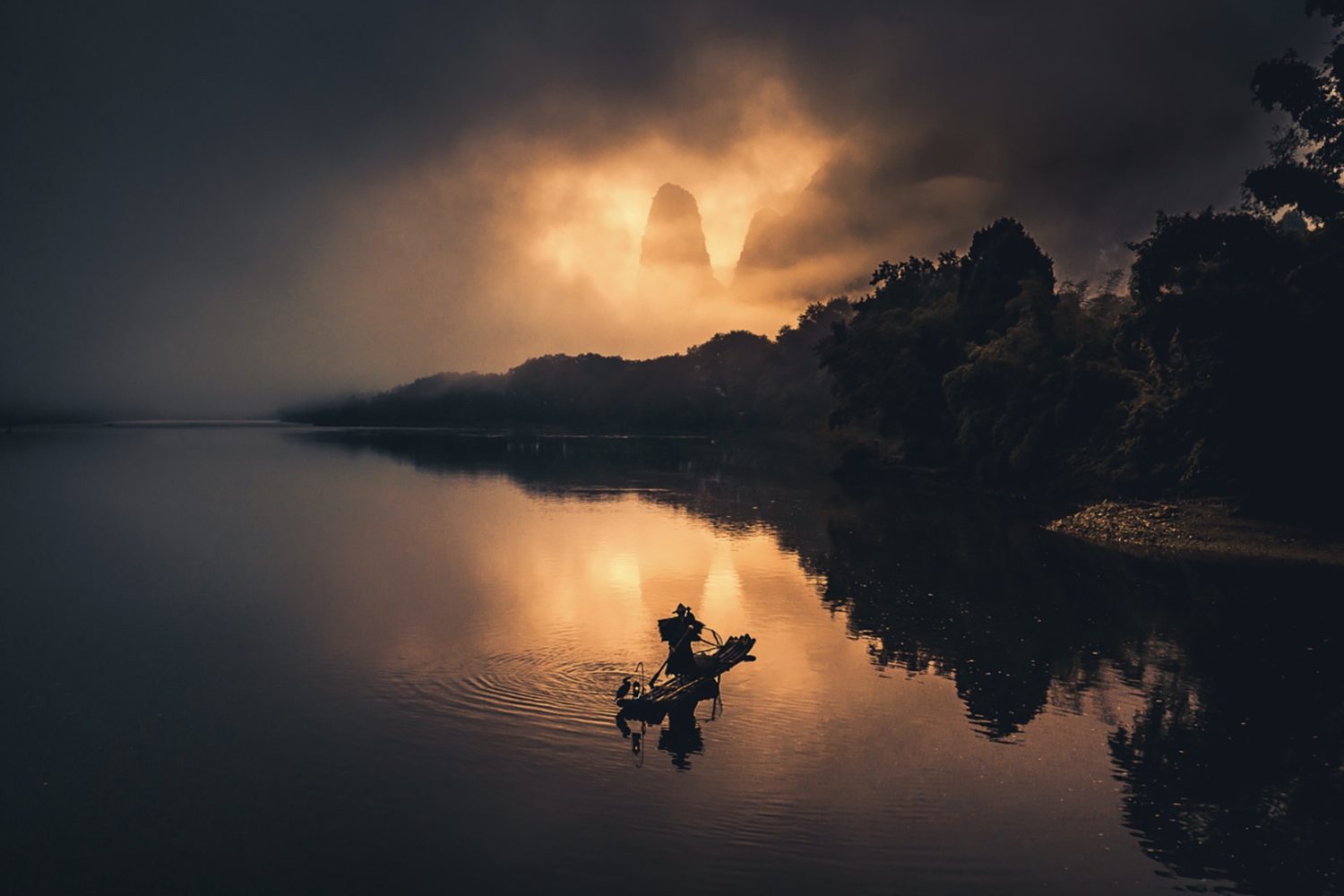
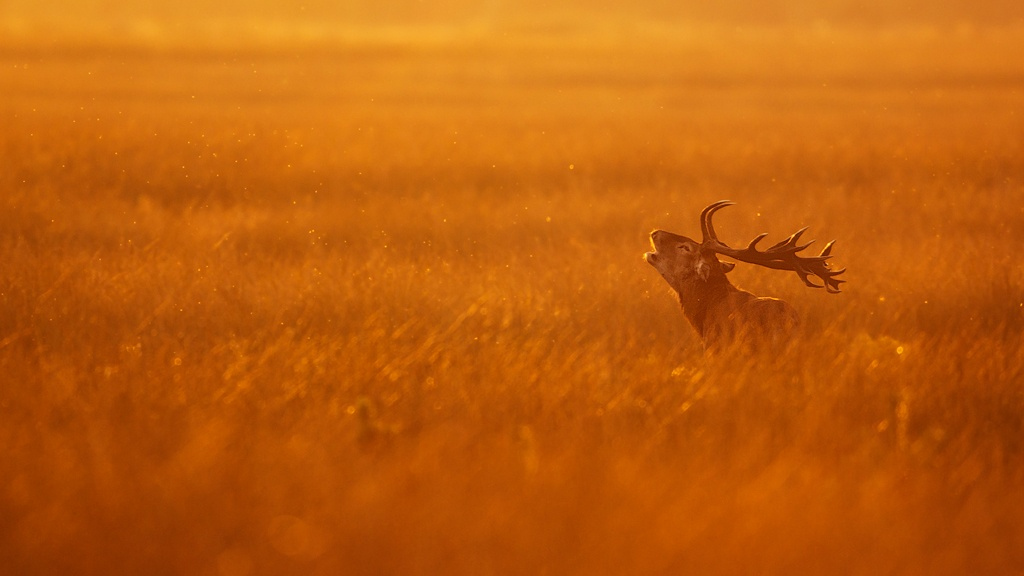

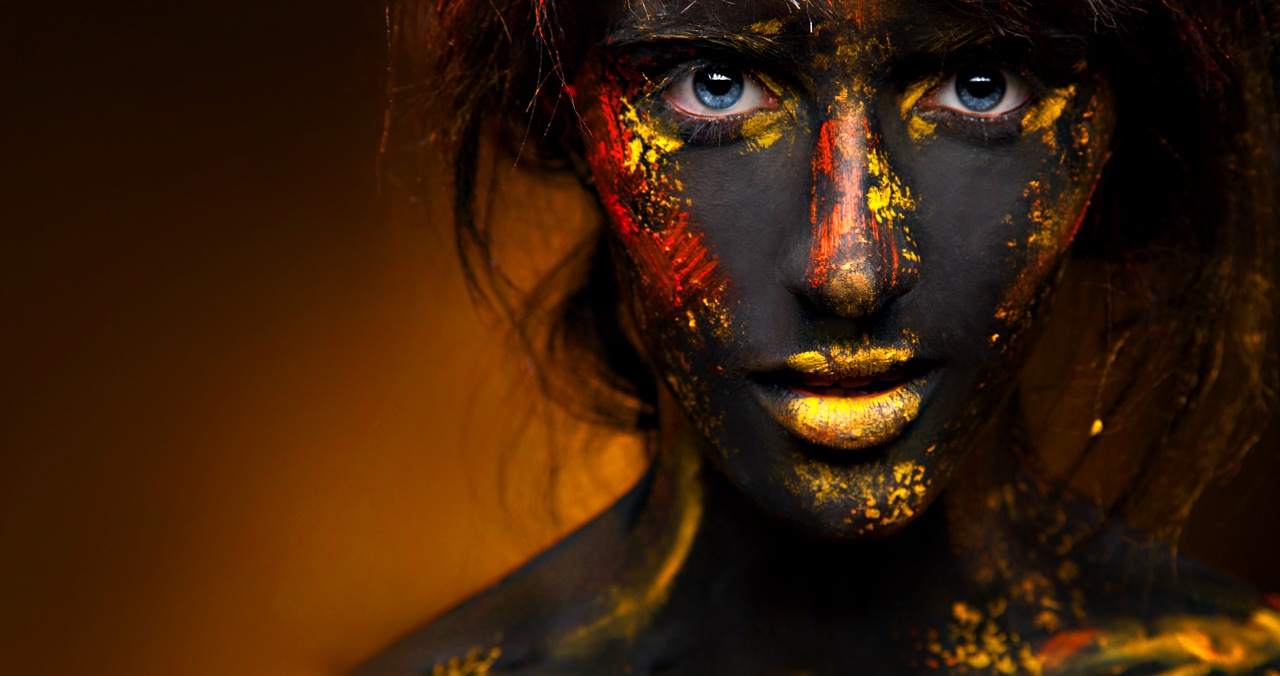
Leave a reply